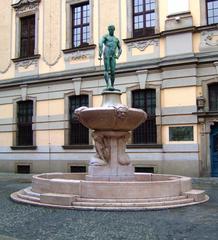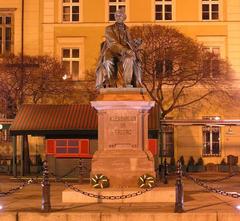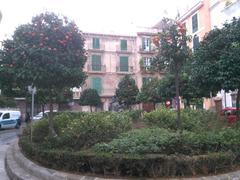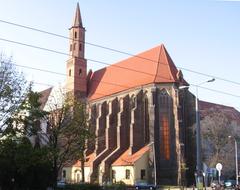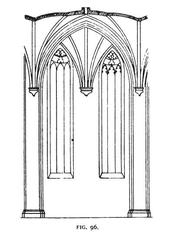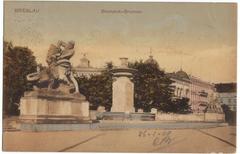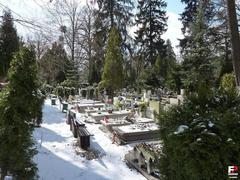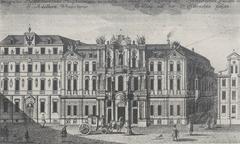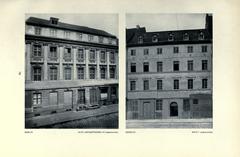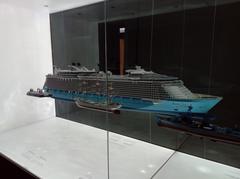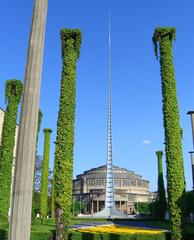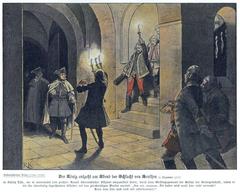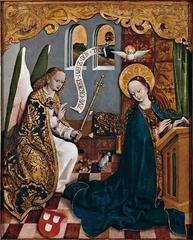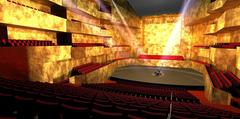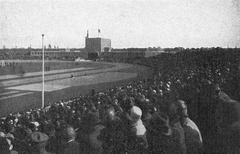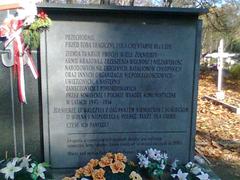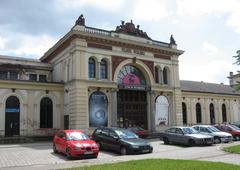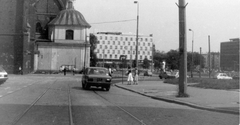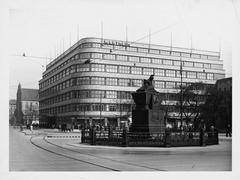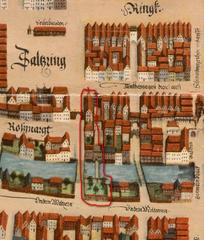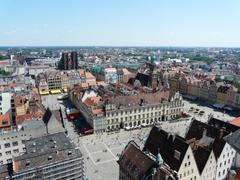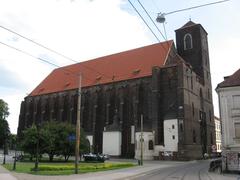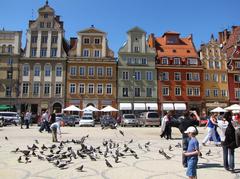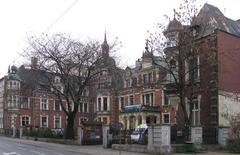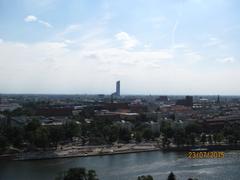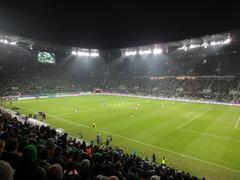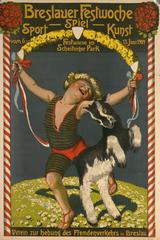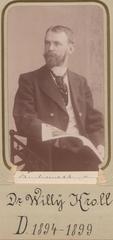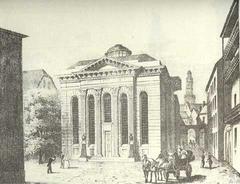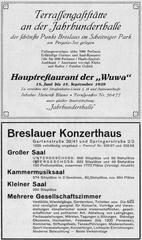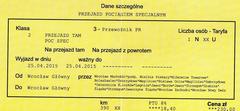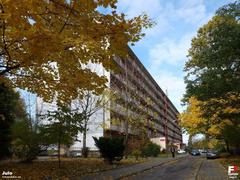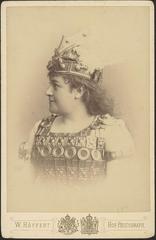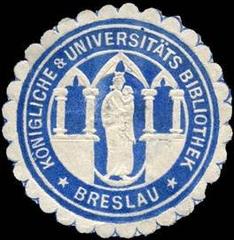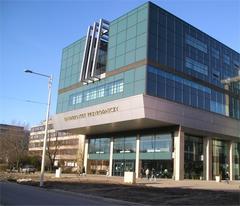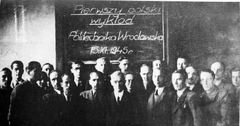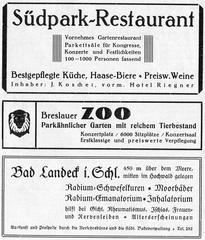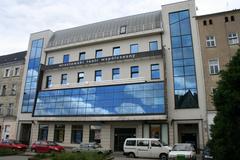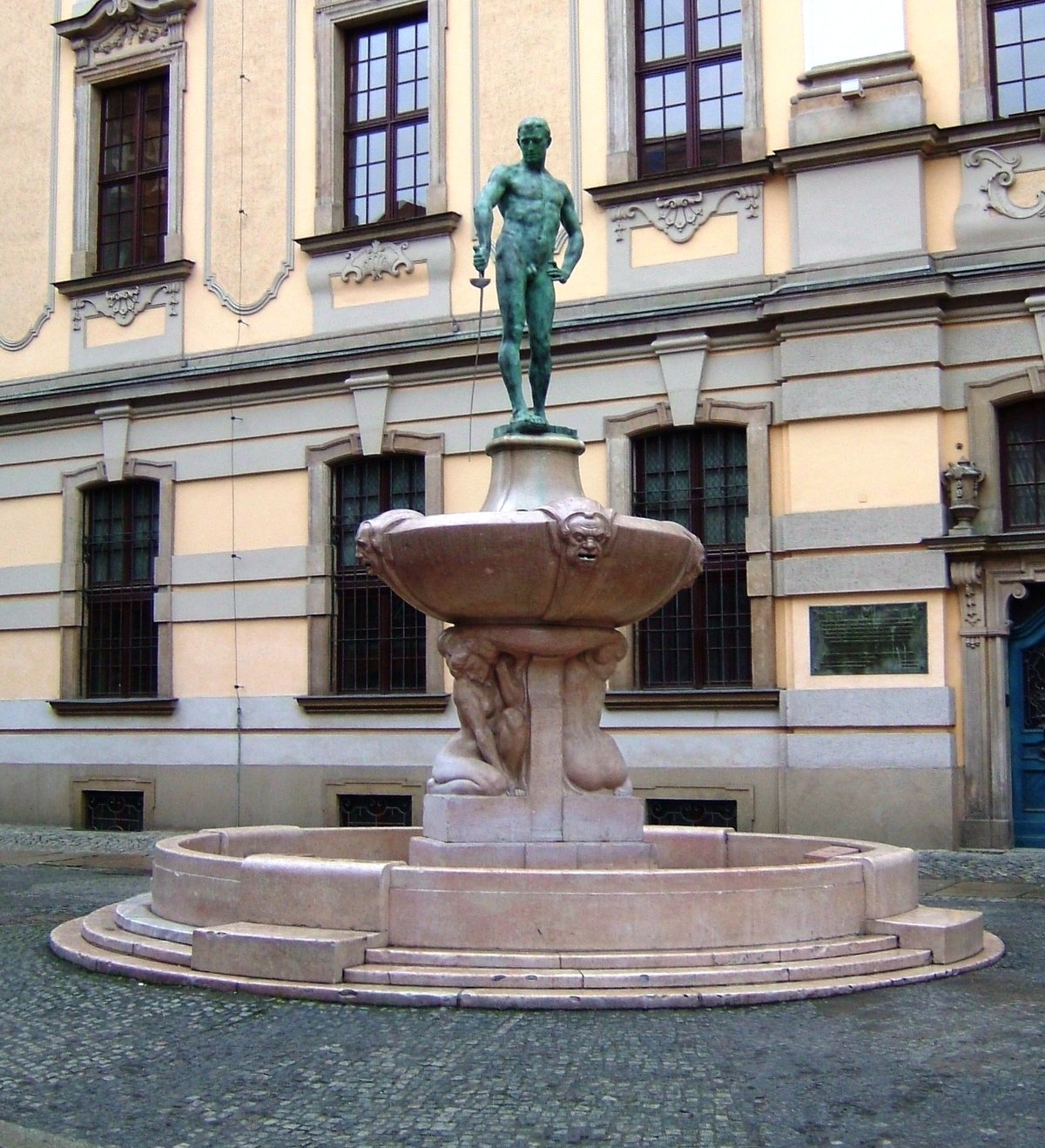
Fencer Fountain Visiting Hours, Tickets, and Historical Sites in Wrocław
Date: 22/07/2024
Introduction
The Fencer Fountain, locally known as ‘Fontanna Szermierza,’ is a must-see historical landmark nestled in the heart of Wrocław, Poland. Constructed in 1904, this remarkable fountain stands in the courtyard of the University of Wrocław and has become an emblem of academic and cultural pride. Designed by the esteemed German sculptor Hugo Lederer and funded by the German Student Union, the statue atop the fountain depicts a fencer, symbolizing the virtues of discipline, honor, and athletic excellence. Whether you are a history buff, an art enthusiast, or simply a curious traveler, the Fencer Fountain offers a captivating glimpse into the rich tapestry of Wrocław’s past and present. This comprehensive guide delves into the history, cultural significance, and practical details for visiting the Fencer Fountain, ensuring you have a memorable experience. For more detailed historical accounts, you can visit the University of Wrocław’s official website or explore local heritage sites.
Table of Contents
Discover the Fencer Fountain in Wrocław - History, Visiting Hours, and Tips
History of Fencer Fountain
Origins and Construction
The Fencer Fountain was constructed in 1904 and is situated in the courtyard of the University of Wrocław. Designed by Hugo Lederer, a renowned German sculptor, and funded by the German Student Union, the statue atop the fountain depicts a fencer, symbolizing the spirit of academic and athletic excellence.
Symbolism and Design
The fencer, dressed in traditional fencing attire, stands poised with a rapier, embodying the virtues of discipline, honor, and skill. The base of the fountain is adorned with intricate carvings and inscriptions, adding to its historical and artistic value. The choice of a fencer as the central figure reflects the importance of fencing as a sport among students during the early 20th century.
Historical Context
The early 1900s were a period of significant growth and development for the University of Wrocław. The construction of the Fencer Fountain coincided with the university’s expansion and modernization efforts. At the time, Wrocław was part of the German Empire, and the fountain served as a testament to the city’s cultural and academic achievements.
Wartime Impact
During World War II, Wrocław suffered extensive damage, but the Fencer Fountain miraculously survived. Its survival is often seen as a symbol of resilience and continuity amidst the chaos of war. After the war, Wrocław became part of Poland, and the fountain continued to be a cherished symbol of the city’s historical and cultural heritage.
Post-War Restoration
In the post-war years, efforts were made to restore and preserve the Fencer Fountain. The fountain underwent several restoration projects to repair damage and maintain its structural integrity, ensuring that it remained a prominent feature of the university and the city.
Cultural Impact
Popular Culture
The Fencer Fountain has made its mark in popular culture and is featured in various films, books, and artworks. Its image is often used in promotional materials and souvenirs, making it a recognizable emblem of Wrocław.
Preservation Efforts
Preserving the Fencer Fountain is an ongoing effort. The University of Wrocław and local heritage organizations continue to invest in the maintenance and restoration of the fountain, ensuring that future generations can enjoy this historical landmark.
Visitor Information - Hours, Tickets, and Tips
Visiting Hours
The Fencer Fountain is accessible to the public 24 hours a day, seven days a week. However, if you wish to explore the University of Wrocław’s courtyard and other attractions, it is advisable to visit during daytime hours.
Ticket Information
There is no admission fee to visit the Fencer Fountain. Entrance to the University of Wrocław’s courtyard is free, but guided tours of the university may have a fee. Check the university’s official website for the latest information on tour availability and pricing.
Accessibility
The Fencer Fountain is located in a courtyard that is accessible to wheelchair users and those with mobility issues. Paved pathways lead to the fountain, making it easy to approach and enjoy.
Travel Tips
- Best Time to Visit: The best time to visit is during the spring and summer months when the weather is pleasant.
- Nearby Attractions: Consider visiting other nearby historical sites such as the Wrocław Cathedral, the Market Square, and the Panorama of the Battle of Racławice.
- Photography: The Fencer Fountain offers a picturesque setting, perfect for photography. Early morning or late afternoon light provides the best conditions for capturing its beauty.
FAQ
What are the visiting hours for the Fencer Fountain? The Fencer Fountain is accessible 24 hours a day, seven days a week.
Do you need tickets to visit the Fencer Fountain? No, visiting the Fencer Fountain is free of charge.
What is the historical significance of the Fencer Fountain? The Fencer Fountain symbolizes academic and athletic excellence and serves as a historical landmark reflecting Wrocław’s cultural heritage.
Conclusion
The Fencer Fountain stands as a testament to Wrocław’s historical and cultural legacy. Its rich history, artistic design, and enduring significance make it a cherished landmark in the city. Visitors to Wrocław should not miss the opportunity to explore this iconic fountain and appreciate its contribution to the city’s heritage. For more information, you can visit the University of Wrocław’s official website or explore detailed historical accounts on local heritage sites.
Stay Updated
For more posts and updates, be sure to follow us on social media and download the Audiala mobile app for the latest information on historical sites and cultural tours.
References
- Discover the Fencer Fountain in Wrocław - History, Visiting Hours, and Tips (University of Wrocław’s official website)
- Exploring the Fencer Fountain in Wrocław - History, Significance, and Visitor Tips (local heritage sites)
- Complete Guide to Visiting Fencer Fountain, Wrocław - Tickets, Hours, and Tips (GetYourGuide)
